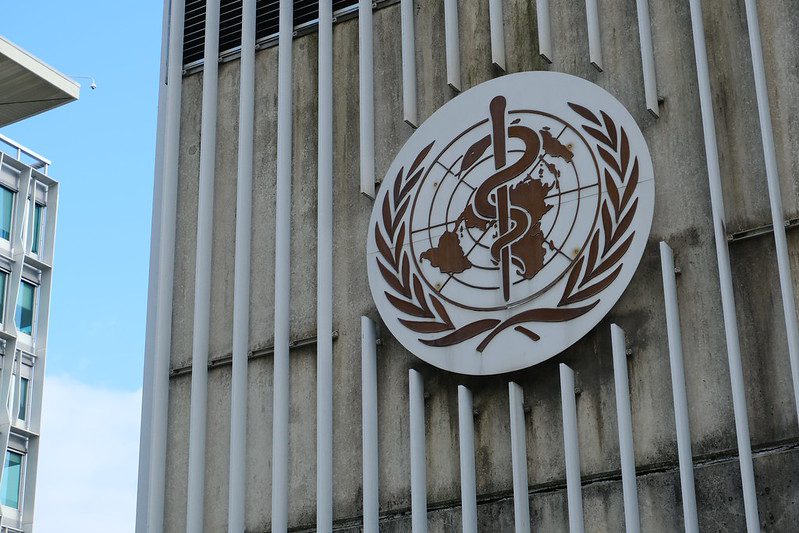There is a new outbreak of monkeypox in the Middle East which has been making headlines since the World Health Organization declared it a global health emergency. Whilst Saudi Arabia has only confirmed three cases as of writing, other countries such as Turkey have confirmed five cases, Lebanon has recorded six cases and 16 cases have been recorded in the UAE. As with all outbreaks, there is no way of knowing how long it will continue for or where it will next appear. However, with this article we hope to increase your knowledge of the disease and give you some tips about how to stay safe if you are travelling to any of these areas.
What is Monkeypox?
Monkeypox is a rare viral infection that occurs in humans. It can be spread from animals – in this case, rodents and primates. While similar to smallpox, it is not as deadly and is not a concern for public health. There have been two major outbreaks of this disease reported in humans. The first was in Central Africa and the second was in the USA. The current outbreak in Western Africa has been linked to the Central African strain. There have been no known cases in Southern Africa. The virus is thought to circulate undetected in some African primate species, but no human cases have been reported in Africa since an outbreak in Nigeria was contained in 2014. There have been no reported cases of monkeypox in Asia. The current outbreak in Western Africa is the first in that region since the disease was last reported in the region in 2003.
How does one contract Monkeypox?
Monkeypox is not thought to spread from person to person, but is believed to be transmitted through infected animals or contaminated items (such as bedding or clothing). Humans can contract the virus from infected rodents (such as mice), primates or people who have caught the disease. People who have not been vaccinated are more likely to catch monkeypox. Those who live in unsanitary conditions, such as people living in extreme poverty, are also at increased risk. Risk is also elevated for travellers visiting areas where there is an active outbreak of the disease.
What are the symptoms of monkeypox?
The incubation period for monkeypox is 10 to 21 days. People who have caught the virus will typically start to show symptoms approximately 10 days after being exposed to it, although this can vary from 3 to 32 days. Symptoms of the disease include – fever, headache, muscle ache, backache, chills, fatigue, cough, vomiting and abdominal pain. In some cases, these symptoms will be very mild and the infected person may not even be aware that they have the disease. In more severe cases, the patient may have a rash that starts on the face and spreads to the rest of the body. There may also be blisters on the palms of the hands and soles of the feet. The rash and blisters can be very painful.
How can you protect yourself from contracting Monkeypox?
The best way to protect yourself is to avoid contact with rodents, primates and people with skin sores. Travellers to affected areas should avoid direct contact with any suspicious animals, and avoid contact with the blood and fluids of people who have sores. Those who are at risk should avoid contact with those who have the symptoms of monkeypox. It is important to keep drinking fluids to stay hydrated while you are ill. It is advisable to use insect repellent when going outside in affected areas. This will help prevent mosquito bites, which may lead to malaria. You may also want to consider wearing gloves while outdoors to avoid contact with saliva or bodily fluids from animals or people who are infected. In a statement Egypt’s ministry of health said the disease is not expected to spread highly in the Middle East countries after new intensive precautionary measures to limit the spread of monkeypox have been implemented following the World Health Organization declared a state of emergency due to the increase in infections worldwide



















